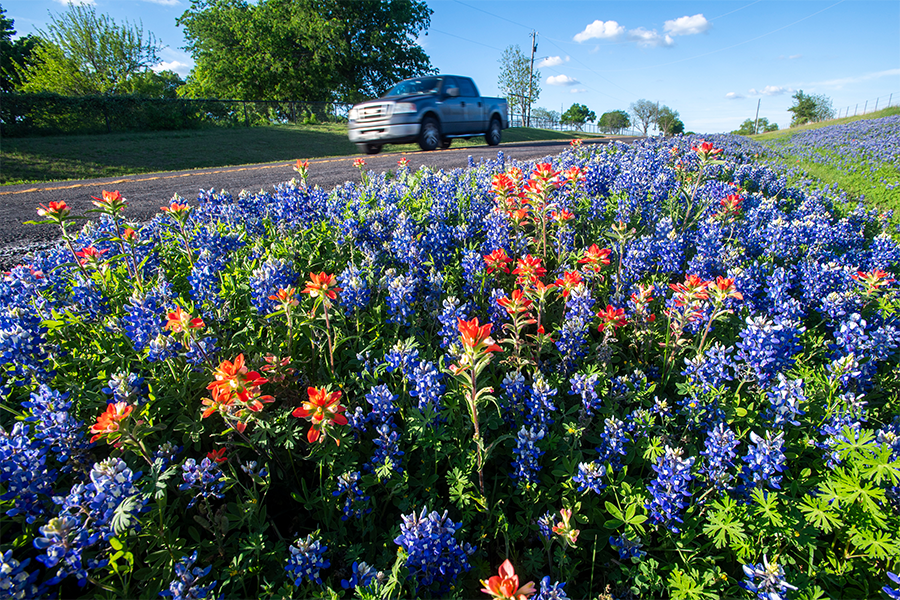A famous sight, the vivid blue tapestry of Texas bluebonnets adorning fields and roadsides each spring is evidence of the unvarnished beauty of natural wildflowers. Many gardeners find great inspiration in their ambition of copying this amazing show in their own yard. Still, just distributing seeds won’t ensure success. Along with appropriate planting methods, achieving a vibrant patch of these treasured wildflowers calls both great attention to the quality of the seeds themselves. Turning a patch of ground into a magnificent bluebonnet show starts with knowing exactly where to get quality seeds. Knowing where to buy bluebonnet seeds is essential for anyone wishing to accentuate their gardens.
Recognizing Bluebonnet Seed Features
Like many wildflower seeds, bluebonnet seeds have a feature called “hard-seededness.” This implies that their outer layer is quite strong and impervious to water, a natural mechanism to stop early germination and guarantee their survival under demanding conditions. To enable water absorption and set off germination, this protective layer needs to be scarified that is, gently abraded. Often fewer than 10%, germination rates can be rather poor without appropriate scarification. Quality bluebonnet seeds will either be pre-scarified or with precise directions on how to scarify at home.
Sourcing and Purity: Their Value
Bluebonnet seed success in your garden depends much on their origin and purity. If at all feasible, find seeds that are actually native to your area to promote greater adaptation and more robust growth. Still, purity is an issue shared everywhere. Superior bluebonnet seeds should be free of other plant seeds, inert material like chaff or dust, and weed seeds. Unwanted plants brought into your garden by contamination will call for more weeding and can conflict with your bluebonnets for resources.
Finding Reputable Seed Suppliers
Particularly with regard to specialist native wildflower seeds, not all seed providers are made equal. Look for quality bluebonnet seeds and give native plant or wildflower providers top priority. These businesses sometimes have more knowledge about seed dormancy, viability, and geographical variances. Search for vendors who offer comprehensive details on their seeds, including harvest dates, germination rates, and whether the seeds are pre-scarified.
Perfect Planting and Care for Success
To flourish, even the best quality bluebonnet seeds need appropriate care. Bluebonnets should be planted late summer to early fall (usually September to November in Texas). This lets the seeds settle into the ground and naturally stratify during the colder months, which promotes explosive spring growth. Key is soil preparation: weed the area, gently loosen the top few inches of soil, but steer clear of heavy tilling. To guarantee good seed-to-soil contact without burying the seeds too deeply, scatter the seeds equally, then gently sweep them into the ground. Bluebonnets like well-drained, full-sun soil.
Essential steps include knowing the traits of buy bluebonnet seeds, giving origin and purity top priority, and carefully selecting reliable vendors. Together with good planting methods and little maintenance, these efforts will greatly raise your chances of success and let you savor the unmatched beauty of Texas’s state flower right in your own yard for many springs to come.

